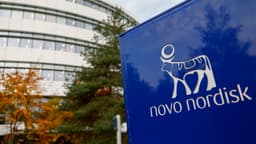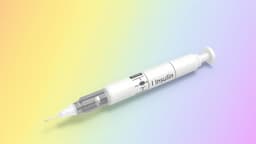Home / Health / Ozempic's Hidden Face: Does it Speed Up Wrinkles?
Ozempic's Hidden Face: Does it Speed Up Wrinkles?
25 Nov
Summary
- GLP-1 agonists may reduce Botox effectiveness by three weeks.
- Rapid weight loss thins facial fat, causing hollows and sagging.
- Slow weight loss and proper nutrition mitigate these aging effects.

Weight loss medications such as Ozempic and Mounjaro, while effective for shedding pounds, may introduce new concerns regarding facial aging. Emerging research, utilizing AI analysis, indicates that these GLP-1 agonists could potentially diminish the efficacy of wrinkle-relaxing injections like Botox by as much as three weeks. This interaction is thought to stem from both substances affecting similar nerve-signaling proteins or from muscle loss associated with rapid weight reduction.
The primary driver of accelerated facial aging linked to these injections appears to be significant fat loss. This reduction in facial fat, both deep and superficial layers, can result in noticeable hollowing in areas like the temples and under the eyes, leading to sagging skin. Furthermore, a specific fatty layer within the skin, known as dWAT, may also thin, contributing to crepiness and dryness, while depleted fat stem cells could impede collagen formation.
To counteract these effects, healthcare professionals recommend a gradual and sustainable approach to weight loss, allowing the body and skin to adjust. Maintaining adequate nutrition, with a focus on protein, healthy fats, and vegetables, alongside sufficient hydration, is crucial. For those seeking cosmetic improvements, bio-stimulating fillers that encourage collagen growth are suggested as a way to restore volume and hydration to the aging face.




